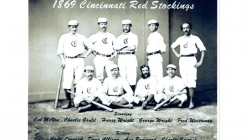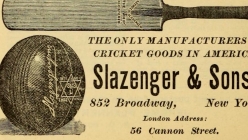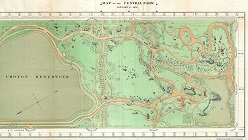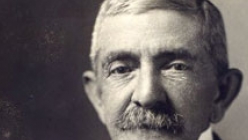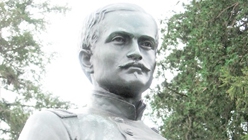USA Cricket History: The cricketer who led professional baseball league
2016 Mar 04 by DreamCricket USA
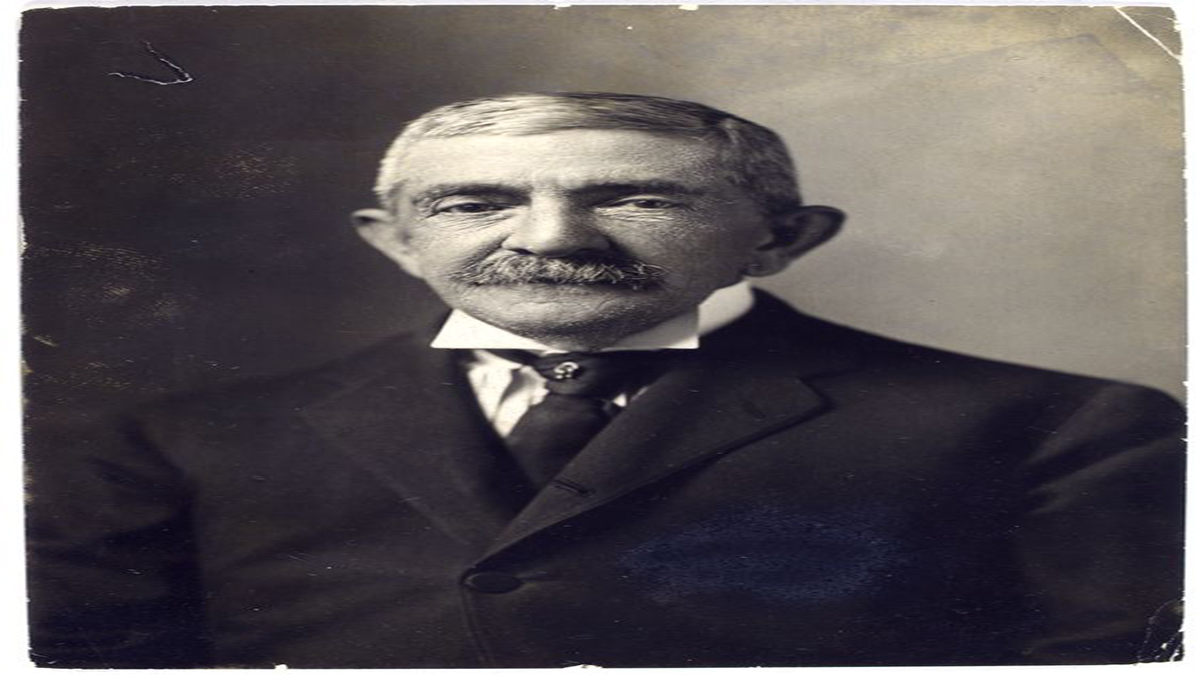
In the sporting landscape of mid-19th century America "remember thy roots" was slowly by irreversibly giving way to "go with the times" as Americans transitioned from its ancestral game of cricket to the frenetically urbanized game of baseball.
Now, you can get all the USA Cricket updates via Facebook. Also follow us on Twitter via @dreamcricket
By Tom Melville
In the sporting landscape of mid-19th century America "remember thy roots" was slowly by irreversibly giving way to "go with the times" as Americans transitioned from its ancestral game of cricket to the frenetically urbanized game of baseball.
 And few were more directly or intimately part of this development than Nicholas Young (1840-1916). Born in Amsterdam, New York, Young, like so many young Americans of his time, was caught up in the cricket fervor that swept the country in the 1850s. An apparently accomplished, if not exceptional, player, this grain merchant's son was good enough, at the age of 18, to claim a place on the All-New York State team in its much publicized match against an All-New York City team in 1858.
And few were more directly or intimately part of this development than Nicholas Young (1840-1916). Born in Amsterdam, New York, Young, like so many young Americans of his time, was caught up in the cricket fervor that swept the country in the 1850s. An apparently accomplished, if not exceptional, player, this grain merchant's son was good enough, at the age of 18, to claim a place on the All-New York State team in its much publicized match against an All-New York City team in 1858.
This dedication didn't seem to diminish even during the Civil War when, as an infantryman in the 32nd New York regiment, Young opened the batting and top scored in an inter-regimental match among Union soldiers encamped in northern Virginia in 1863.
The high point of his cricket career certainly came five years later as a member of the All-United States 22 that played Edgar Willshire's English professionals during it's North American tour in 1868. Sadly, a half hour of careful, defensive, batting only earned him a first innings duck.
Young remained in the Washington DC area after the war as an employee in the treasury department and probably couldn't avoid involvement with the burgeoning new sport of baseball in his area, though he seems to have found himself better suited as an organizer than player in this new pastime.
One of the first to support open professionalism, Young became the secretary of the country's first fully professional baseball organization, the National Association, in 1871, a position he also assumed with that organizations successor, the National Baseball League, in 1876.
On the death of the National League's controversial first president, William Hulbert, in 1881, Young's established tenure with baseball made him the natural and logical successor to the league presidency.
Baseball history would remember Young as a competent and efficient administrator, but someone who was without the overbearing, forceful, style of his predecessor, a noticeable handicap for someone who, during his 22 year tenure, presided over some of professional baseball's most turbulent times, including the players revolt of 1890 and the formation of the competing American Baseball League in 1901, a development that probably precipitated Young's resignation from the presidency two years later.
It marked the passing of perhaps the last symbol of America's now deceased hope as a nation that could fulfill its sporting destiny as a dual bat & ball culture.
